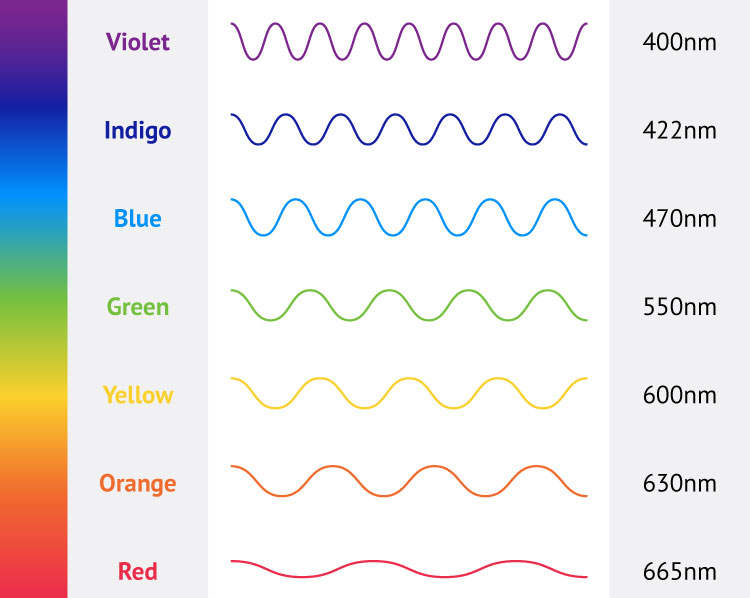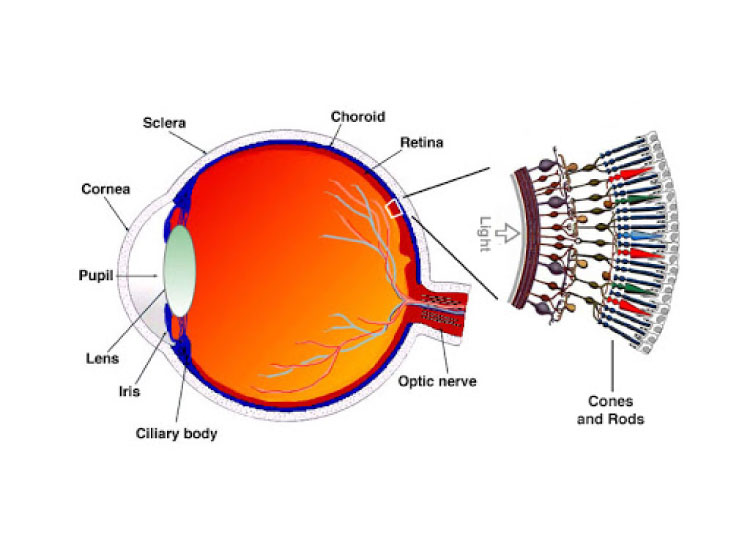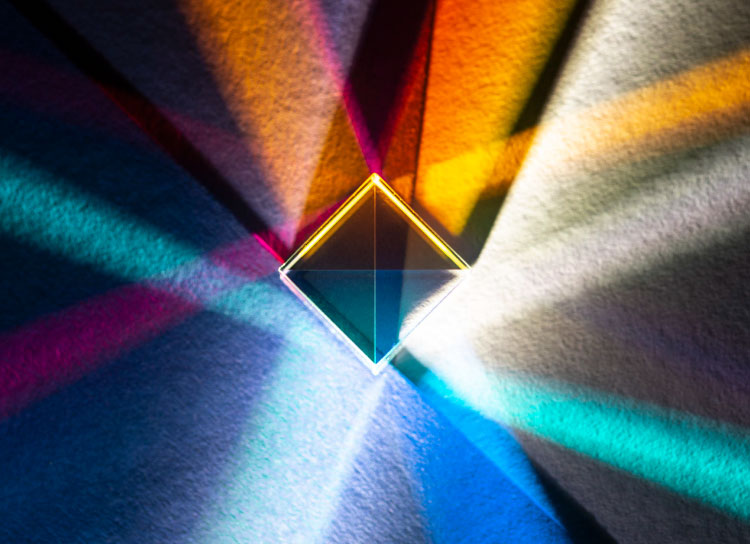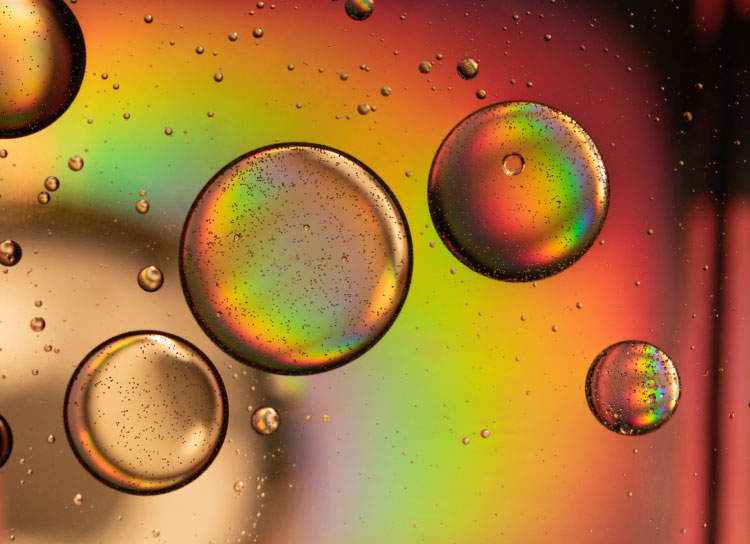A curiosity that has made you visits numerous sources, and in your search, you finally reached here! Coming back to the curiosity- a rainbow has 7 colors- Red, Orange, Yellow, Green, Blue, Indigo and Violet. The acronym ROYGBIV is an easy reminder for the color sequence that makes a beautiful rainbow that we usually see in the rainy season and consider it as magic. A rainbow is a multi-colored, arc-shaped phenomenon that can appear in the sky. But, sorry to burst your bubble, it’s not magic, it is simple science.
A rainbow is produced by the reflection and dispersion of light passed through the water droplets present in the atmosphere. It is not an object or a subject that exists at a particular place, it is an optical phenomenon that appears, when Sunlight and atmospheric conditions match with each other and with the viewer’s position to see it.
Rainbows were considered as a bridge only Gods can take from heaven to earth or vice versa. Some also believed that a rainbow is the level of forgiveness and peace. There were also kids in us, who imagined Unicorns and Rainbows!
Rainbows and History

So, scientifically talking a rainbow is formed due to Sunlight, that is made of many wavelengths or colors of light. Some of these get bent more than others when the light enters the water droplet. Violet is the shortest wavelength of visible light- bends the most, red being the longest wavelength of visible light bends the least- resulting Violet placed at the bottom and red seen on the top of the rainbow. So when the light exits the water droplet, it is separated into all its wavelengths. The light-reflecting to you from the water droplets will appear separated into all the colors of the rainbow!
Science That Worked!

Science 2000 years ago worked on intuitions more than experiments. So, challenging the age-old science, great Issac Newton suggested that light is made of particles and not waves. The wave theory previously stated that light waves are made of white light and that the color spectrum seen in the prism is due to corruption within the prism- meaning, the more colors are made to travel from the prism, the prism will produce more and different colors. But that was not true!
To prove that this theory is false, Issac passed a beam of white light through two prisms that were held at such an angle- that it split into a spectrum when passing through the first prism and was recomposed back into white light- by the second prism. This experiment proved that the color spectrum is not the one causing the corruption of light, and Newton concluded that the white light is composed of different colored particles. Hence, a rainbow is the end product of white light passing through a medium (raindrops or a prism) that refract or blend the white light producing the visual spectrum of colored light- known as the rainbow.
The Story of 7!

After understanding the light, let’s dig deeper into biology. Eyes are the one through which we see the world and its colors. They are responsible for the visuals and colors we see around us. How? Our eyes have rods and cones. Rods respond only to the presence or absence of light, whereas cone cells are all about colors. We have three kinds of cones – blue, red, and green (also commonly known as primary colors).
Cone cells receive high energy wavelengths which allow us to see color, whereas Rod cells receive low levels of light that allow us to see objects in the night or deem light. Cones activate depending on what color you see. For eg: if you see a banana, your red and green cones fire up and allow you to see the yellow of the banana. The proper mixture can help us to see the actual color of the object. When you see the color white, for instance, all three cones are responding together to show you white color.
Some people are color blind as one or more of their cones don’t work. So the question comes, how will they see the colors of a rainbow? They’ll see a smaller set or less prominent colors.
Not Just Science But Magic Both!

Am I contradicting my statement? No! Colors are science, and they look magical in the form of a rainbow. But why only 7, what about brown, pink or purple. Why can’t we see them? Because- these colors don’t have a wavelength. For you to see colors, these colors should have a mix of colors of different wavelengths.
For example, if we see purple- then there is a combination of Red and blue wavelength. Now, remember the sequence of the rainbow (ROY GBIV), the wavelength of blue and red don’t match, and this is the reason you can’t see purple in the rainbow. Same goes for brown that is made of Red and Green, again these wavelengths don’t match!
What about our favorites- black and white? That is the most interesting and brilliant part of this rainbow color mystery. White light is the source of a rainbow and the reason we see them in the first place. The colors come from white. Black is seen in the absence of colors, and a rainbow has enough!
7 Colors of Wonder

Each color in the rainbow has its different length, and they bend at different angles. Like Red- bend at about 42-degree angle, whereas Violet being the shortest wavelength bends at 40-degree angle before exiting the water droplet or prism. So the order of the colors in the rainbow is fixed, and they usually appear in the same sequence.
Other waves of light are also reflected from the rainbow however, these light waves are not visible to the naked human eye. These invisible rays are present on both sides of the rainbow. Ultraviolet rays are shorter than violet rays and x-rays are even short than ultraviolet rays. Gamma radiation is at the furthest extreme of this side of the rainbow. At the other end of the spectrum is infrared radiation and radio wave.
Interesting Fact!
An interesting fact about a rainbow is- everyone will see slightly different shades of color, it’s how our eyes look at it. Different sets of eyes mean different responses to colors.
There are many colors in the universe and the rainbow, but we can’t see them all! These other colors are in the ultra-violet and infrared regions, which our eyes cannot naturally detect.





0 Comments